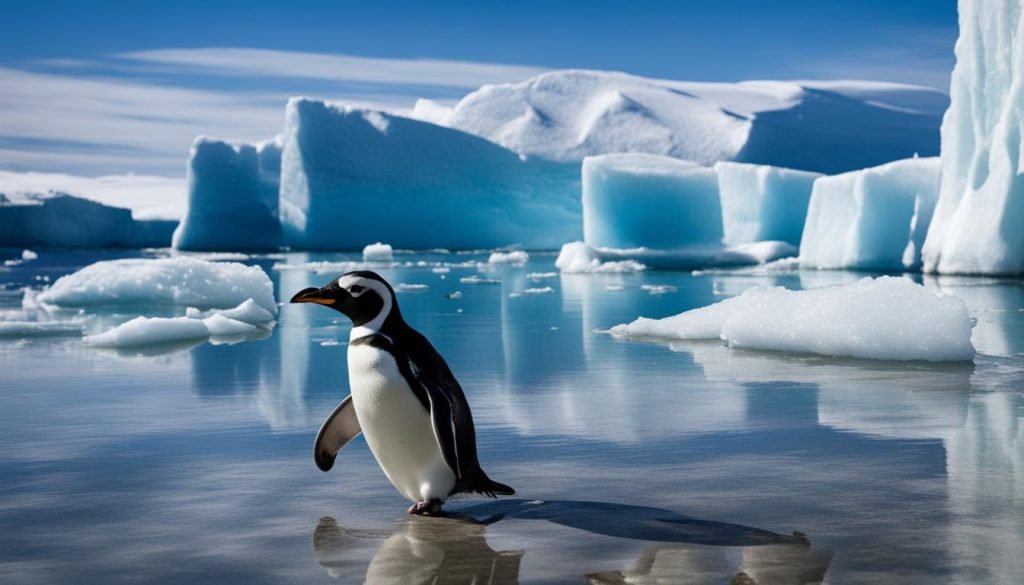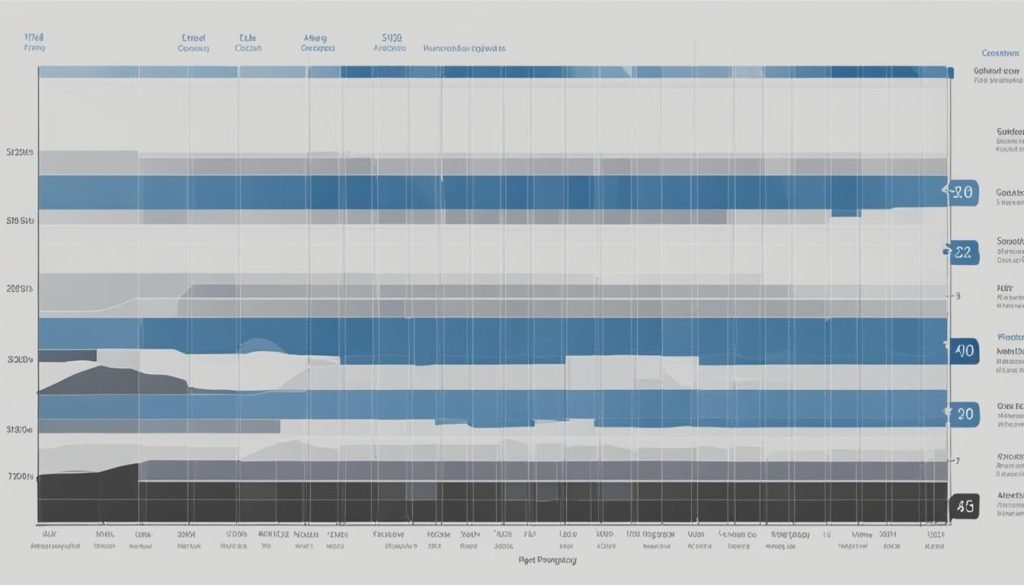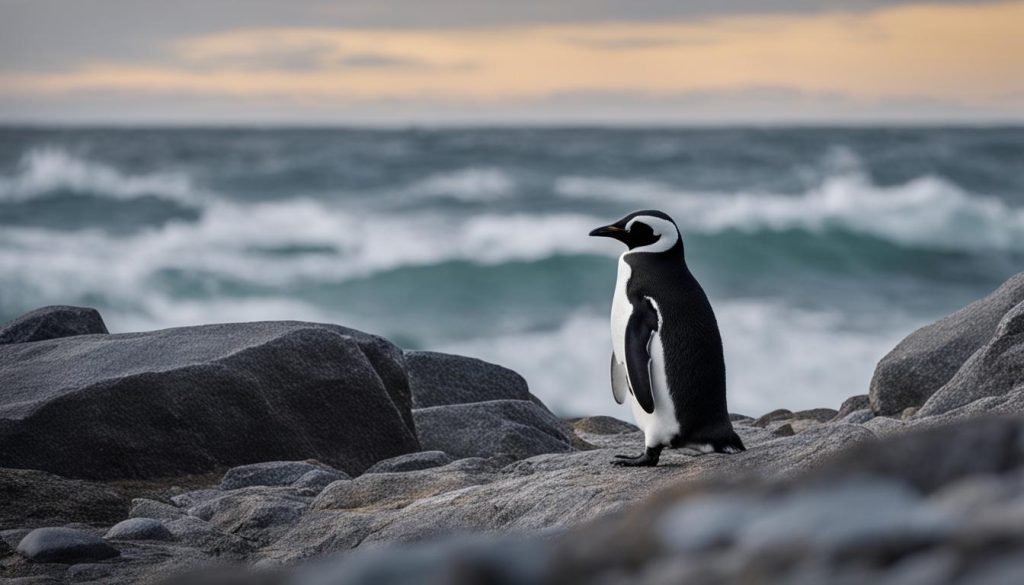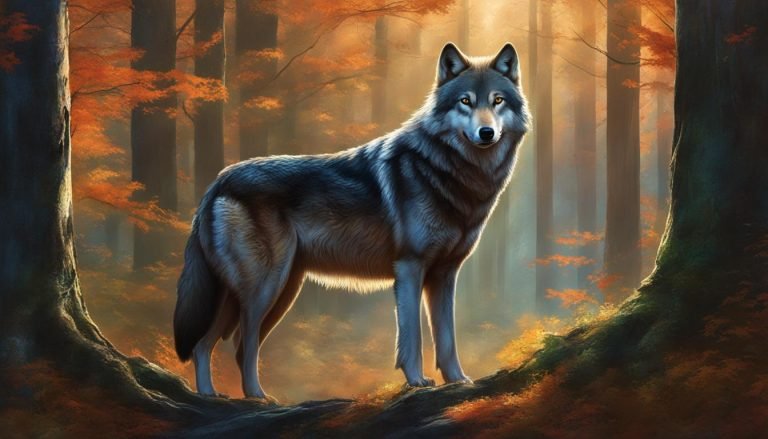How Long Do Penguins Live?
Penguins are fascinating creatures that have always captured the attention and admiration of people worldwide. These flightless birds are known for their unique adaptations to cold environments and their distinct black and white feather patterns.
However, one aspect of their lives that is often overlooked is their lifespan. How long do penguins live? This is the question we will explore in this article.
The lifespan of penguins varies depending on many factors, including species, habitat, and environmental conditions.
In general, penguins have a relatively long lifespan compared to other birds. However, their lifespan is not as lengthy as some other animals, such as tortoises.
In this article, we will talk about the different factors that influence their longevity, their average lifespan, and their overall life expectancy. We will also discuss how captivity and human intervention affect their lifespan and highlight the importance of penguin conservation.
Key Takeaways
- Penguins have a relatively long lifespan compared to other birds.
- Factors that affect penguin lifespan include species, habitat, environmental changes, and predators.
- Captivity and human intervention can impact penguin lifespan, with some individuals living longer in captivity.
- Conservation efforts are crucial for ensuring the long and healthy life of penguins in the wild.
Understanding the Average Lifespan of Penguins

The average lifespan of penguins varies greatly depending on the species, habitat, and other factors that influence their longevity. While some penguins can live for several decades, others have a much shorter lifespan.
| Penguin Species | Average Lifespan | Survival Rate in Wild |
|---|---|---|
| Emperor Penguin | 20 years | 75% |
| King Penguin | 26 years | 70% |
| Adelie Penguin | 11 years | 80% |
| Galapagos Penguin | 15 years | 40% |
As shown in the table above, the longevity of each species is influenced by various factors, such as climate, availability of food, and predation. Additionally, due to differences in their life cycle and development, penguin survival rates can also differ significantly.
The oldest living penguin on record is a 41-year-old gentoo penguin from Antarctica.
This particular penguin survived far beyond the average lifespan of its species, due in part to being well cared for in captivity.
Overall, penguin survival rates are relatively high, with many living well into their teens or even twenties. However, factors such as climate change and human intervention can threaten their livelihood, emphasizing the importance of conservation efforts to ensure penguins can continue to thrive in their natural habitats.
How Long Do Penguins Live: Factors Affecting Penguin Lifespan

There are multiple factors that can impact the lifespan of penguins. Some of the most significant factors include:
- Environmental Changes: Changes in their native environment can pose a significant threat to penguins. Increased temperatures and melting sea ice can affect their hunting abilities and food sources. This can lead to malnourishment and a weakened immune system that increases their vulnerability to predators and disease.
- Climate Conditions: Penguins that live in colder climates tend to have longer lifespans as their natural environment supports their physiological functions better.
- Human Disturbances: Human activities like pollution, oil spills, and overfishing can all negatively impact the lifespan of penguins by reducing their food supply and poisoning them.
- Natural Predators: Predation is one of the most significant threats to penguins. Seals, sea lions, and various bird species prey upon penguins, which can reduce their lifespan considerably.
- Penguin Aging: Penguins, like all living creatures, can experience age-related decline in their physical abilities, which can reduce their overall lifespan.
To better understand the lifespan of penguins, it is essential to consider how these factors impact different species of penguins, as some may be more susceptible to environmental disturbances than others.
Penguin Longevity in Different Species

While penguins generally have a moderate lifespan, there are notable differences in longevity between different penguin species. Some penguin species can live up to 20 years, while others may only survive for about 5 years.
A study conducted by the British Antarctic Survey found that the average lifespan of Adelie penguins is 11 years, while Emperor penguins live an average of 20 years. Gentoo penguins have a lifespan of about 15 years, and African penguins usually live up to 10 years.
However, it’s worth noting that individual lifespan can vary widely within a species due to factors such as environmental conditions, diet, and predation risks.
| Penguin Species | Average Lifespan |
|---|---|
| Adelie | 11 years |
| Emperor | 20 years |
| Gentoo | 15 years |
| African | 10 years |
Certain characteristics contribute to the longevity of certain penguin species. For example, Emperor penguins have a large body mass, which helps them conserve body heat and survive in cold environments. Additionally, they can dive to greater depths and hold their breath for longer periods than other penguin species, which enables them to find food more efficiently.
Despite these variations, there is no doubt that protecting penguin populations and their habitats is critical to their survival and longevity. By promoting sustainability and conservation efforts, we can help ensure that penguin species will be around for many years to come.
Penguin Longevity in Captivity vs. the Wild
There are notable differences between the lifespan of penguins in captivity and those in the wild. While the average lifespan of penguins in the wild is around 15 to 20 years, those in captivity can live significantly longer, with some living up to 30 years or more.
One of the reasons for the discrepancies in penguin longevity between captivity and the wild is the availability of food and easy access to it. In captivity, penguins are provided with a consistent supply of food, ensuring they have the necessary nutrients for growth and survival. In the wild, however, penguins may experience food shortages, leading to malnourishment and reduced lifespan.
Additionally, penguins in captivity are often protected from natural predators, such as seals and birds of prey. This reduces the risk of predation-related injuries or death, which can have a significant impact on a penguin’s lifespan in the wild.
Another factor that contributes to the difference in penguin longevity between captive and wild is the availability of veterinary care. In captivity, penguins have access to specialized medical care, which can diagnose and treat health conditions that may reduce their lifespan. In the wild, however, penguins are left to fend for themselves, with little medical attention available.
Despite the longer lifespan of penguins in captivity, it is important to note that captivity can also have negative impacts on their health and well-being. Captivity can lead to stress-related illnesses, reduced mobility, and behavioral changes, which can impede their overall health and longevity.
“It is important to note that captivity can also have negative impacts on their health and well-being.”
Promoting Penguin Conservation for a Longer Life

It is crucial to promote penguin conservation efforts to ensure their survival and longevity. The survival rate of penguins is greatly affected by various factors, including human activities and climate change.
One of the most significant threats to penguins is habitat destruction. Human activities such as pollution and oil spills can have devastating effects on their natural habitat, leading to a decline in their survival rate. To promote penguin conservation, it is essential to reduce human disturbances in their habitat and protect their breeding grounds from any human activities that could affect their survival.
Climate change is another factor affecting the lifespan of penguins. As temperatures rise, sea ice, which is crucial for penguin breeding, melts and affects their food availability. This can lead to a decline in their survival rate and reduce their overall lifespan. To address climate change, we must take steps toward a sustainable future by reducing greenhouse gas emissions and promoting renewable energy sources.
Other measures for promoting penguin conservation include establishing protected areas, monitoring populations, and supporting scientific research. It is crucial to address the factors affecting penguin’s lifespan, and by promoting their conservation, we can ensure their long and healthy life.







